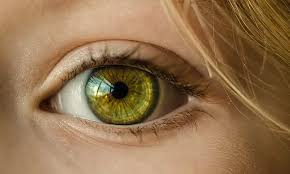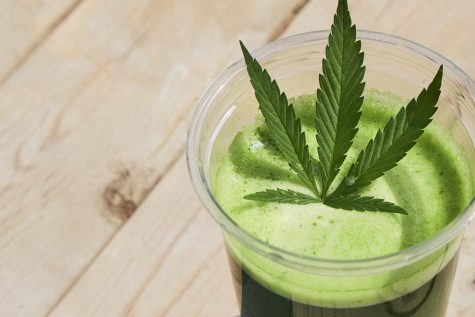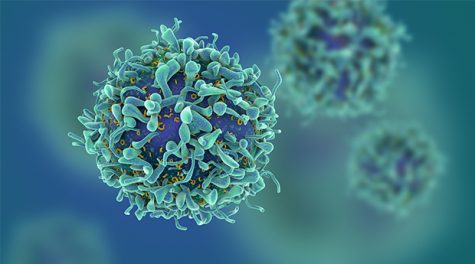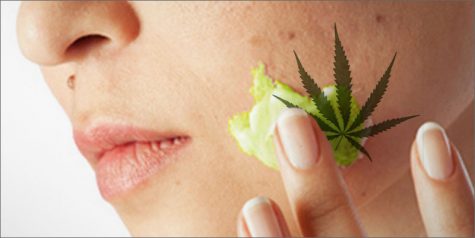Cannabis for glaucoma: Does it really work?
A study on cannabinoids and glaucoma revealed how “cannabinoids have vasorelaxant properties and so might be able to increase the ocular blood flow.”

Did you know that glaucoma is one of the leading causes of blindness?
Although glaucoma patients are presented with a plethora of treatment options to reduce intraocular pressure (IOP) in the eye, new tried-and-tested treatments are being sought after by patients. This is where cannabis therapy comes in.
The cannabis plant contains hundreds of cannabinoids, which can lower IOP. What’s more, cannabis possesses neuroprotective properties, making the idea of using cannabis for glaucoma incredibly appealing. As a natural remedy that is non-addictive, cannabis could provide glaucoma patients with peace of mind that they are being treated safely. Let’s not forget about the body’s endocannabinoid system (ECS) and its ability to combat diseases.
What is Glaucoma?
Over three million people are living in America with glaucoma, with the global figure nearing 60 million. This eye condition is a common cause of optic nerve damage. In serious cases, a patient can be left blind, which is why it crucial to treat glaucoma properly. Failure to do so will result in complete blindness and worst of all, the damage will not be reversible.

The good news is that science has advanced and over the last 30 years, new (and better) treatment options have become available. Options range from laser surgery to eye drops, pills or a combination. In spite of this, patient choice is limited due to a lack of effective topical treatments.
The facts about cannabis for glaucoma
States that have introduced medical cannabis laws may see a rise in the number of glaucoma patients seeking out treatment. This is because scientific research is giving us the facts about cannabis for glaucoma and the truth is that cannabis could prove effective; especially in late stage glaucoma.
Back in 1979, a study published in the International Journal of Pharmacology and Biopharmacology said that patients experienced a reduction in intraocular pressure when they inhaled whole-plant cannabis with 2.8 percent THC. Study researchers claim that intraocular pressure (IOP) lowered within 60 to 90 minutes of administration.
A separate study on cannabinoids and glaucoma revealed how “cannabinoids have vasorelaxant properties and so might be able to increase the ocular blood flow,” while another stated that smoking cannabis reduced IOP in patients.
The benefits are clear, but cannabis might not be recommended by all ophthalmologists. Many ophthalmologists will consider the adverse effects of cannabis consumption, such as the fact that it may contribute to unstable IOP, thus increasing the risk of blindness. Nonetheless, the therapeutic effects of cannabis cannot be ignored.
During late stage glaucoma, the main aim is to relieve the symptoms, due to the fact late stage glaucoma will eventually cause loss of vision. With that in mind, cannabis-related treatments could make daily struggles significantly easier for people with glaucoma. Ophthalmologists would, however, need to consider the fact that cannabis’ effects are short-lived. This means that a patient would necessitate a single dosage of cannabis for glaucoma every 3 to 4 hours.
“We’ve known for some time that medical marijuana is very effective for treating nausea and pain, but not so much for glaucoma,” said ophthalmologist Andrew Bainnson, MD. “[However,] there are some patients with end-stage pain and nausea who may benefit [from medical marijuana], but not from the glaucoma point of view.”
Using cannabis for glaucoma may prove effective for banishing the symptoms of glaucoma, such as IOP. Patients should not be fooled into thinking that cannabis is a cure. However, cannabis can alleviate glaucoma symptoms and may be used as an alternative to standard treatments, which are renowned for producing undesirable side effects.












